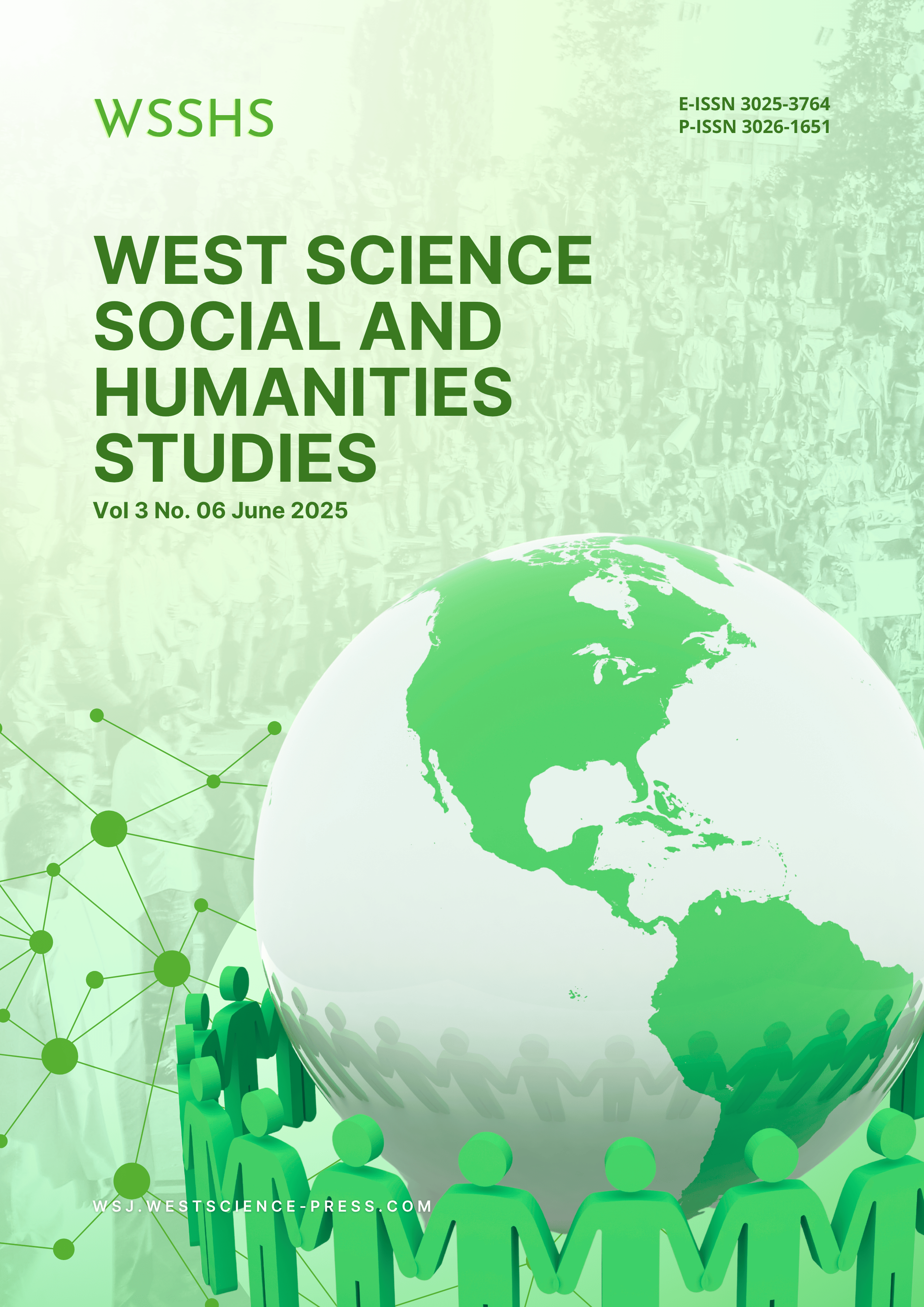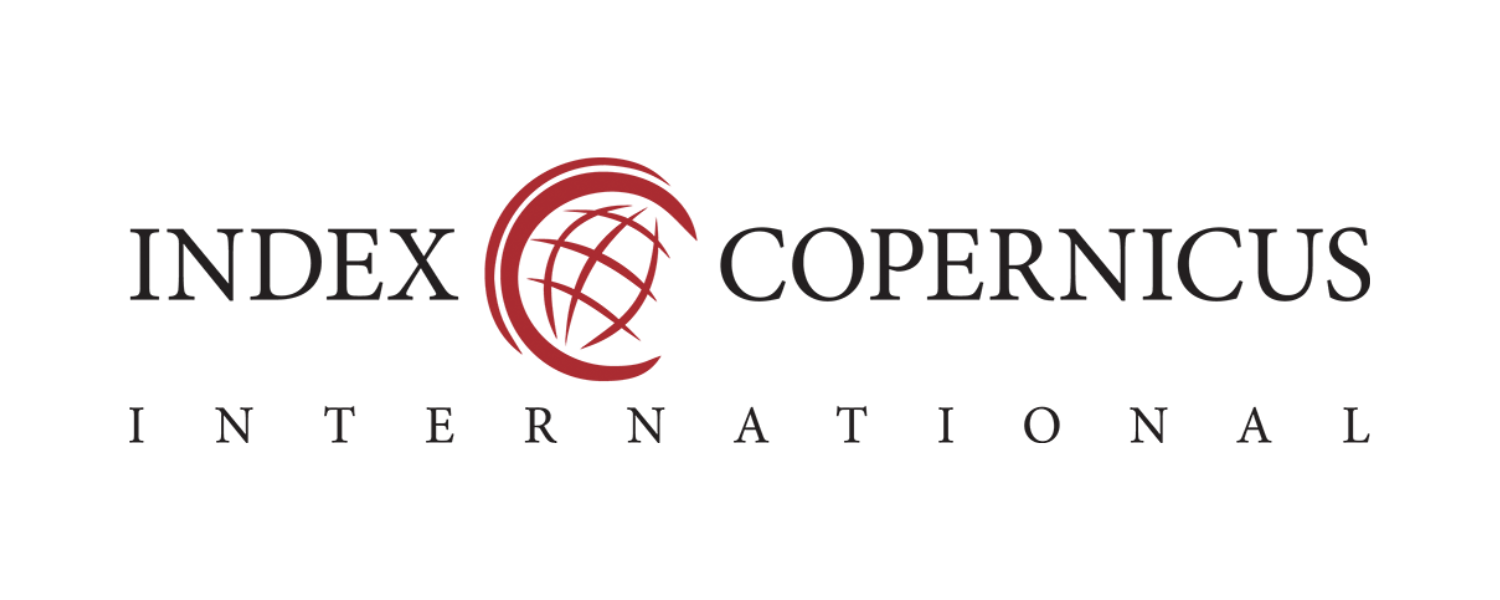Analysis of Employer Branding Transformation through Climate-Conscious HR Initiatives, Social Value Leadership, and Humanistic Work Design in Manufacturing Industry in East Java
DOI:
https://doi.org/10.58812/wsshs.v3i06.1994Keywords:
Employer Branding, Climate-Conscious HR Initiatives, Social Value Leadership, Humanistic Work Design, Manufacturing Industry, East JavaAbstract
This study examines the role of climate-conscious HR initiatives, social value leadership, and humanistic work design in transforming employer branding in the manufacturing industry in East Java. Using a quantitative approach with a sample size of 170 respondents, data were analyzed through Structural Equation Modeling - Partial Least Squares (SEM-PLS) 3. The findings reveal that all three dimensions significantly enhance employer branding, with humanistic work design showing the strongest influence. The combined effect of these variables explains 68% of the variance in employer branding, highlighting the importance of an integrated approach. This research contributes to the Resource-Based View (RBV) theory and provides actionable insights for HR managers and industry leaders seeking to build sustainable and attractive employer brands in competitive markets.
References
[1] N. F. Easa and A. M. Bazzi, “The influence of employer branding on employer attractiveness and employee engagement and retention: Ten years of literature,” Int. J. Cust. Relatsh. Mark. Manag., vol. 11, no. 4, pp. 48–69, 2020.
[2] S. R. Susilo, “Effect of Employer Branding and Prestige on Intention To Apply in the Top 5 E-Commerce in Indonesia,” J. Ilm. Bisnis Dan Ekon. Asia, vol. 16, no. 2, pp. 241–259, 2022.
[3] A. Trost, Employer branding. Luchterhand in Wolters Kluwer Deutschland, 2009.
[4] M. Bali and S. Dixit, “Employer brand building for effective talent management,” Int. J. Appl. Sci. Manag., vol. 2, no. 1, pp. 183–191, 2016.
[5] S. Singha, “Fostering a Culture of Sustainability Through Human Resources Practices,” in Building Sustainable Human Resources Management Practices for Businesses, IGI Global, 2024, pp. 107–124.
[6] J. Gutiérrez-Rúa, M. D. Posada-García, and M. A. González-Pérez, “Prácticas de recursos humanos que impactan la estrategia de sostenibilidad ambiental,” Innovar, vol. 29, no. 73, pp. 11–23, 2019.
[7] G. Mandip, “Green HRM: People management commitment to environmental sustainability,” Res. J. Recent Sci. ISSN, vol. 2277, p. 2502, 2012.
[8] S. Priyadarshini, “HR professionals: Key drivers for implementing sustainable business practices,” Strateg. HR Rev., vol. 19, no. 5, pp. 205–208, 2020.
[9] V. Kapri, R. Gulati, and A. Omar, “Healthy workplaces: Offices that support employee health and well-being,” Int. J. Res. Appl. Sci. Eng. Technol., 2023.
[10] M. OONK, G. CALABRETTA, C. DE LILLE, and E. J. HULTINK, “Envisioning a design approach towards increasing well-being at work,” Transformations, p. 721.
[11] P. Fantini, M. Pinzone, M. Taisch, and J. Altesa, “Human-centric manufacturing workplaces: Aiming at increasing attractiveness and user experience,” in Advances in Production Management Systems. Initiatives for a Sustainable World: IFIP WG 5.7 International Conference, APMS 2016, Iguassu Falls, Brazil, September 3-7, 2016, Revised Selected Papers, Springer, 2016, pp. 363–370.
[12] F. Mohamad and N. Z. Abiddin, “Enhancing Employee Well-Being and Productivity in Evolving Work Environments,” 2024.
[13] M. Townsend and A. G. L. Romme, “The Emerging Concept of the Human-Centered Organization: A Review and Synthesis of the Literature,” Humanist. Manag. J., vol. 9, no. 1, pp. 53–74, 2024.
[14] K. Tanwar and A. Prasad, “Exploring the relationship between employer branding and employee retention,” Glob. Bus. Rev., vol. 17, no. 3_suppl, pp. 186S-206S, 2016.
[15] A. Dabirian, “Employer Branding: Psychological Contract Between Employer and Employees in the IT Industry,” IT Prof., vol. 23, no. 5, pp. 12–16, 2021.
[16] A. I. Alegbesogie, “The impact of green human resource management practices on organisational performance,” Vilnius Univ. Proc., vol. 37, pp. 6–11, 2023.
[17] N. T. Pham, H. T. Hoang, and Q. P. T. Phan, “Green human resource management: a comprehensive review and future research agenda,” Int. J. Manpow., vol. 41, no. 7, pp. 845–878, 2020.
[18] C. Papademetriou, S. Anastasiadou, D. Belias, and K. Ragazou, “Integrating Sustainability into Human Resource Management: Building a Greener Workforce for the Future,” Sustainability, vol. 17, no. 3, p. 1113, 2025.
[19] R. M. Fulmer, “The challenge of ethical leadership,” Organ. Dyn., vol. 33, no. 3, pp. 307–317, 2004.
[20] A. Ateeq and M. Milhem, “Integrating Ethical Principles in Corporate Strategy: A Comprehensive Analysis of Business Ethics in Contemporary Enterprises,” in The AI Revolution: Driving Business Innovation and Research: Volume 1, Springer, 2024, pp. 201–210.
[21] C. Kiser, D. Leipziger, and J. J. Shubert, Creating social value: A guide for leaders and change makers. Routledge, 2017.
[22] K. P. Schlosser and T. Volkova, “Social enterprise strategic leadership for delivering shared value,” J. Bus. Manag., vol. 20, 2022.
[23] J. DeVaro, R. Li, and D. Brookshire, “Analysing the job characteristics model: New support from a cross-section of establishments,” Int. J. Hum. Resour. Manag., vol. 18, no. 6, pp. 986–1003, 2007.
[24] M. Peethambaran and M. F. Naim, “Employee flourishing-at-work: a review and research agenda,” Int. J. Organ. Anal., 2025.
[25] D. Belıas and A. Koustelıos, “Organizational culture and job satisfaction: A review,” Int. Rev. Manag. Mark., vol. 4, no. 2, pp. 132–149, 2014.
[26] M. Ali, Z. Kadirova, and B. Ismoyilov, “Practicing Green HRM to Achieve Environmental Sustainability,” in ENVIRONMENT. TECHNOLOGIES. RESOURCES. Proceedings of the International Scientific and Practical Conference, 2024, pp. 24–33.
[27] L. Abiwu and G. N. Nunoo, “Green Recruitment Practices,” in Human Resource Management Practices for Promoting Sustainability, IGI Global, 2021, pp. 73–93.
[28] N. A. A. Shahrulnizam, M. A. Hassan, N. A. M. Azizie, N. S. A. Rahim, and M. I. Saidi, “Green recruitment and selection: Enhancing environmental performance through sustainable hiring practices,” Int. J. Acad. Res. Bus. Soc. Sci., vol. 14, no. 10, pp. 449–456, 2024.
[29] A. Austen and K. Piwowar-Sulej, “Green Human Resource Management in the manufacturing sector: a bibliometric literature review,” Eng. Manag. Prod. Serv., vol. 16, no. 4, 2024.
[30] S. Jamil, S. I. Zaman, Y. Kayikci, and S. A. Khan, “The role of green recruitment on organizational sustainability performance: A study within the context of green human resource management,” Sustainability, vol. 15, no. 21, p. 15567, 2023.
[31] J. McCann and R. Holt, “Ethical leadership and organizations: An analysis of leadership in the manufacturing industry based on the perceived leadership integrity scale,” J. Bus. ethics, vol. 87, pp. 211–220, 2009.
[32] Y. Bal, S. Bozkurt, and P. Buyukbalci, “Improving social responsibility through ethical leadership: A perceptions based view,” in Proceedings of International Academic Conferences, International Institute of Social and Economic Sciences, 2014.
[33] D. A. M. Roache, “Ethical Values and Organization Optimization: Morality and Social Responsibility of Leaders,” in Ethical Quandaries in Business Practices: Exploring Morality and Social Responsibility, IGI Global, 2024, pp. 1–26.
[34] A. OSCA and B. URIEN, “Rediseño de tareas, satisfacción laboral y rendimiento: un estudio en la industria de la automoción Task redesign, work satisfaction and performance: a study conducted in the automotive industry,” Rev. Psicol. DEL Trab. Y LAS Organ., vol. 3, no. 2, p. 7.
[35] P. Böckerman, A. Bryson, A. Kauhanen, and M. Kangasniemi, “Does job design make workers happy?,” Scott. J. Polit. Econ., vol. 67, no. 1, pp. 31–52, 2020.
[36] N. Ali and M. Zia-ur-Rehman, “Impact of job design on employee performance, mediating role of job satisfaction: A study of FMCG’s sector in Pakistan,” Int. J. Bus. Manag., vol. 9, no. 2, p. 70, 2014.
[37] M. Tims and A. B. Bakker, “Job design and employee engagement,” in Employee engagement in theory and practice, Routledge, 2013, pp. 131–148.
Downloads
Published
Issue
Section
License
Copyright (c) 2025 Mohammad Gifari Sono, Ivon Arisanti, Muhamad Ammar Muhtadi

This work is licensed under a Creative Commons Attribution-ShareAlike 4.0 International License.




















 Instagram
Instagram 